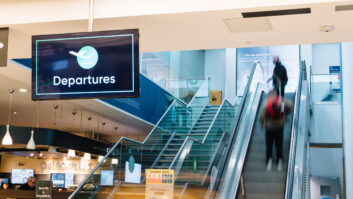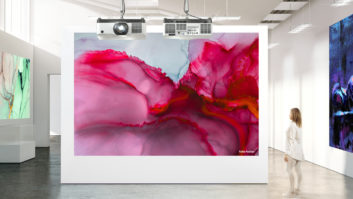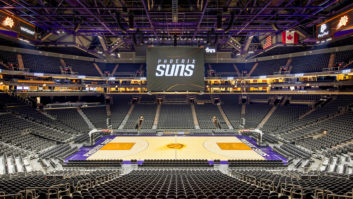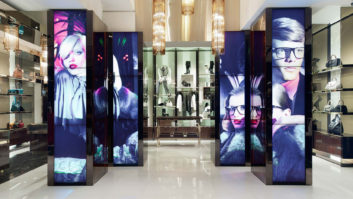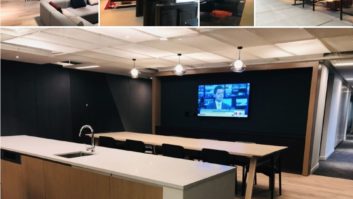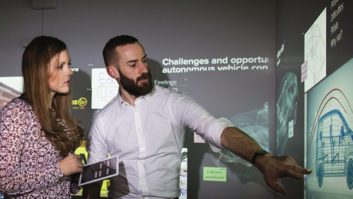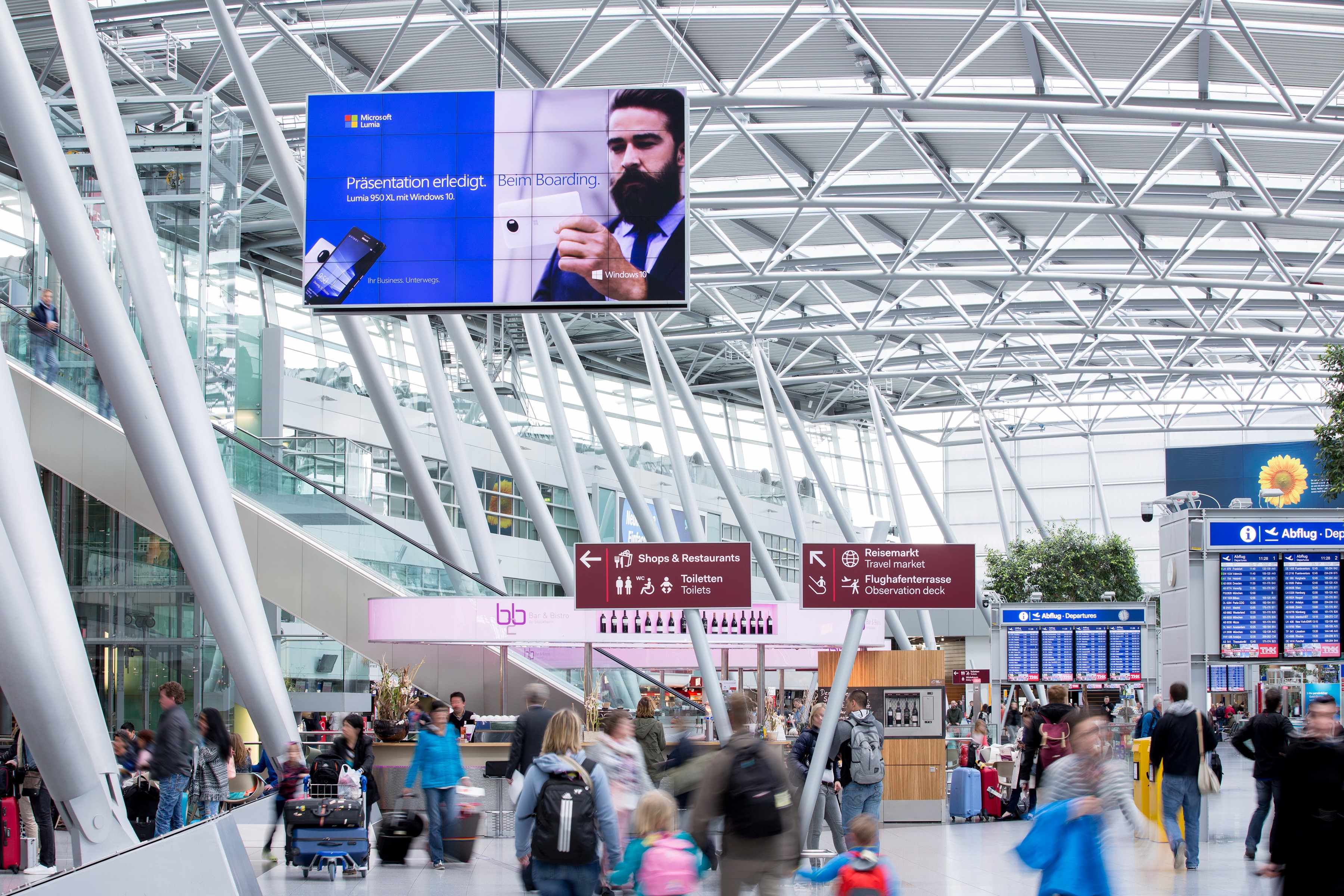
In the first part of this digital signage feature we revealed how the market has evolved to become an increasingly buoyant sector of AV. Here
we look at how manufacturers and retailers are combining application, content and technology to meet the growing expectations around retail environments.
The market for digital signage has exploded as return on investment (ROI) has been proven. Consequently displays and media players have become more powerful and capable, allowing more creative applications to be deployed – which, in turn, enables greater scope in the placement and use of the systems. “Flexibility in how a display can be installed makes it possible for retailers to think creatively, thus further attracting the interest of consumers,” explains Birgit Jackson, commercial director of Sharp Visual Solutions. “For example, hanging a display in the centre of the retail space instead of just on the walls, or positioning signage on the floor or ceiling as part of a creative layout.
“The market is certainly more mature,” she believes. “It is not uncommon for state-of-the-art retail areas to have really impactful digital signage, which wasn’t necessarily the case a few years ago. It’s also more commoditised. There are a lot of new or first-time customers to the display market, which means that we are now seeing the mid-market growing quite significantly. However, there is still healthy demand for top-of-the-range digital signage across a number of sectors.
“Consumers are becoming more demanding. In order to meet the needs of the end-user, displays are evolving and becoming more intelligent. They can be operated independently from a PC source, which simplifies their usage requirements. The ability to integrate additional functionalities, like Wi-Fi connectivity, is also hugely important. That is why Sharp has integrated system-on-chip (SoC) and Mini OPS into our smart signage displays, so we can offer the most flexible choice for content management, as well as for enhanced features.”
Technology has changed the way in which everyone shops, and as a result has changed the retail landscape forever. Social media applications on smart devices and phones have extended the whole retail experience, from online shopping at home to in-store experiences through well-placed digital screens. This is where application, content and technology combine, but need to be carefully considered and planned in order to achieve effect in the retail environment.
Content needs to be more immediate and appropriate than ever before if retail digital signage is to be effective. Fortunately network coverage, device intelligence and processing power have combined sufficiently to make this happen. Over the last couple of years there have been advancements in display technologies such as LCD, LED, OLED which are strengthening market growth, enhancing the quality of content and having a greater impact on the target audience. Pete Mytton-Bayley, B2B pre-technical sales engineer for LG Electronics, cites examples: “Transparent OLED is a completely unique design with a 40% transparent screen capable of delivering full colour, vivid graphics while allowing viewers to see products through the displays. This is great for retail as merchandisers can be even more creative with design and it is no longer a choice between product or screens – you can now create a mixed media experience. LED colour film can be applied to windows rapidly and with very little infrastructure to create huge, colourful canvases.”
Interactivity and immersion
Advertising agencies and digital signage operators are acutely aware of the need to provide ROI to brands through in-store customer-facing displays. Social media interaction is now a key requirement of digital signage displays, enticing shoppers to interact and engage with brands. Digital signage is becoming more immersive, as Jeff Hastings, CEO of BrightSign, explains: “Interactive retail product demonstrations are now very sophisticated and combine video, audio, lighting and tactile interactive experiences… The trend is toward technology integrations that power the experience.”
DOOH displays are increasingly being linked to other technologies, such as smart building technology. Sports stadium operators can create networks that link to sponsorship teams, providing instant interaction and new services. Systems can be switched to align with branded materials for event hires and can take over a complete stadium for special events and big games days.
As well as providing information and engagement with the consumer and spectator, valuable data is now regularly obtained by sensors within the screens and fed back to manufacturers and brand owners for remote analysis, enabling them to develop the marketing strategies they rely on to promote and sell their products. Video recognition systems count the number of people walking through a target area and can determine viewer dwell time, and facial recognition systems detect details about shoppers.
“Heat mapping technology allows operators to track viewers’ journeys by generating clear images of traffic flow including impression events and dwell time” adds Mark Childerhouse, sales director at Pioneer Group. “These kinds of insights allow retailers to strategise about positioning of signage and product throughout the store to target appropriate audiences with more personalised content.”
